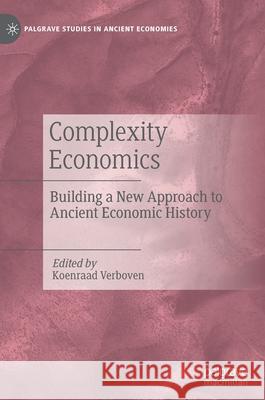Complexity Economics: Building a New Approach to Ancient Economic History » książka
topmenu
Complexity Economics: Building a New Approach to Ancient Economic History
ISBN-13: 9783030478971 / Angielski / Twarda / 2020 / 363 str.
Complexity Economics: Building a New Approach to Ancient Economic History
ISBN-13: 9783030478971 / Angielski / Twarda / 2020 / 363 str.
cena 563,56
(netto: 536,72 VAT: 5%)
Najniższa cena z 30 dni: 539,74
(netto: 536,72 VAT: 5%)
Najniższa cena z 30 dni: 539,74
Termin realizacji zamówienia:
ok. 22 dni roboczych
Dostawa w 2026 r.
ok. 22 dni roboczych
Dostawa w 2026 r.
Darmowa dostawa!
Kategorie:
Kategorie BISAC:
Wydawca:
Palgrave MacMillan
Seria wydawnicza:
Język:
Angielski
ISBN-13:
9783030478971
Rok wydania:
2020
Wydanie:
2021
Numer serii:
001103407
Ilość stron:
363
Waga:
0.65 kg
Wymiary:
21.01 x 14.81 x 2.54
Oprawa:
Twarda
Wolumenów:
01
Dodatkowe informacje:
Wydanie ilustrowane











